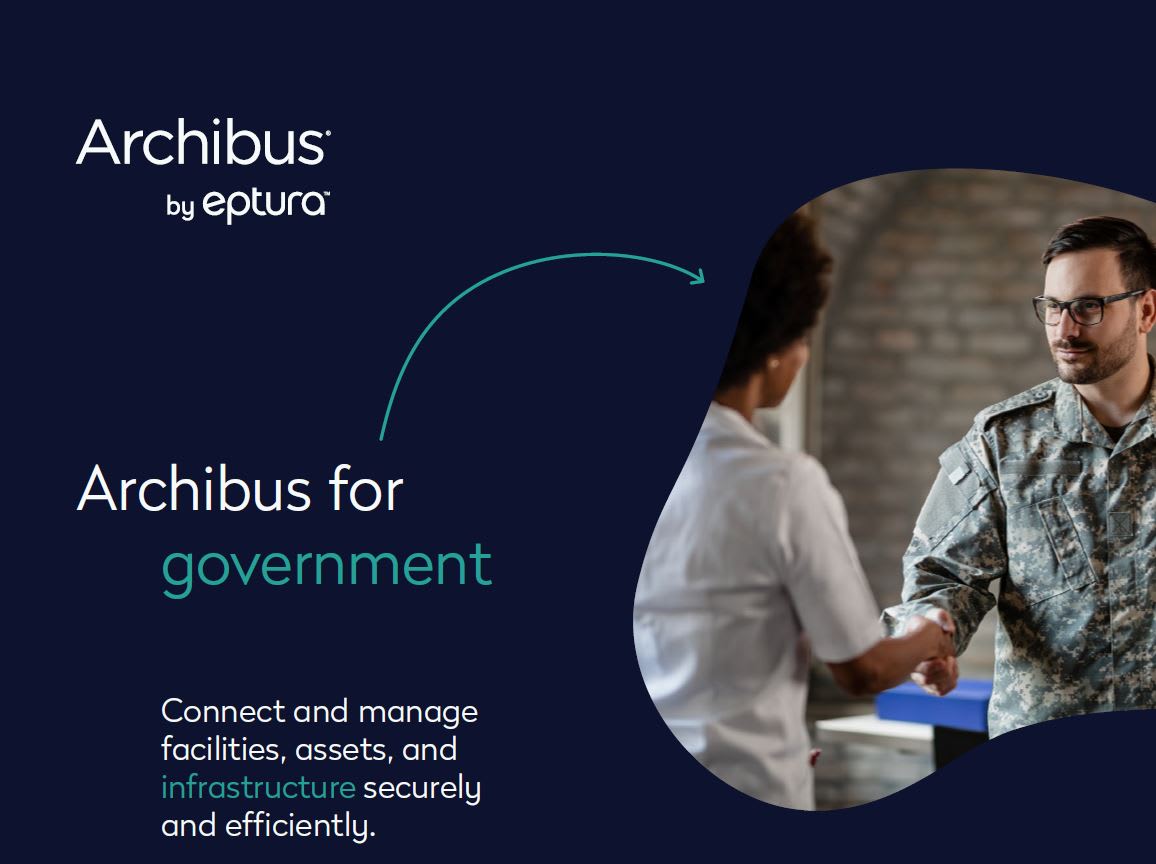To achieve the goal of reducing costs and increasing profitability through effective facilities management, you need a system that does more than just generate work orders or track space. This checklist provides ideas and thoughts on what a successful, long-term solution looks like.
Best-in-class facilities management systems provide the ability to:
- Generate reports for senior management. Executives want to know how different functions, including facilities management, affect the bottom line. The C-suite are interested in data and analytics that help them make educated decisions. Examples include return on investment of a particular asset or class of assets, total costs per SF for different leases, and space management.
- Integrate easily with other systems. Facilities management covers a wide range of disciplines. To present a comprehensive view of the organization, a facilities management system should integrate with other systems like work order management, energy management, telecommunications, and financial systems, as well as the company directory.
- Communicate with existing building data. During building construction and renovation, architects and construction firms often provide owners with electronic drawings. These files include valuable information about the existing conditions which can be useful for facilities managers. The best facilities management systems communicate with this type of building information, so it’s accessible in one place.
- Support the mission of the facilities management team. Facilities teams are usually tasked with space and asset management. It’s essential that the facilities management system support those needs, while also offering opportunities to expand the system over time through integration to additional systems and more.
- Offer access from anywhere. Modern facilities management systems allow users to access information from mobile phones, tablets, and traditional desktop or laptop computers. Ease of access is extremely important, given the nature of facilities managers’ work. They are always in different parts of the building, investigating different issues. Be prepared for the future. With the increasing access to data generated from internet-enabled items, a long-term solution needs to be able to integrate IoT (Internet of Things) data into reporting, capabilities and functions needed. Being able to integrate a smart meter into your facilities system, for example, could allow you to more closely monitor energy usage by floor, or even by office.
A best-in-class facilities management system not only supports the day-to-day work of the FM team, it also generates a clear return on investment for the organization through integration, analytics, easy information access, and more. IMAGINiT’s facilities management team has extensive experience helping organizations derive the most value from their FM data. We’d be happy to talk with you more about your facilities management system needs.
About the Author
More Content by Peter Costanzo, FMP
















